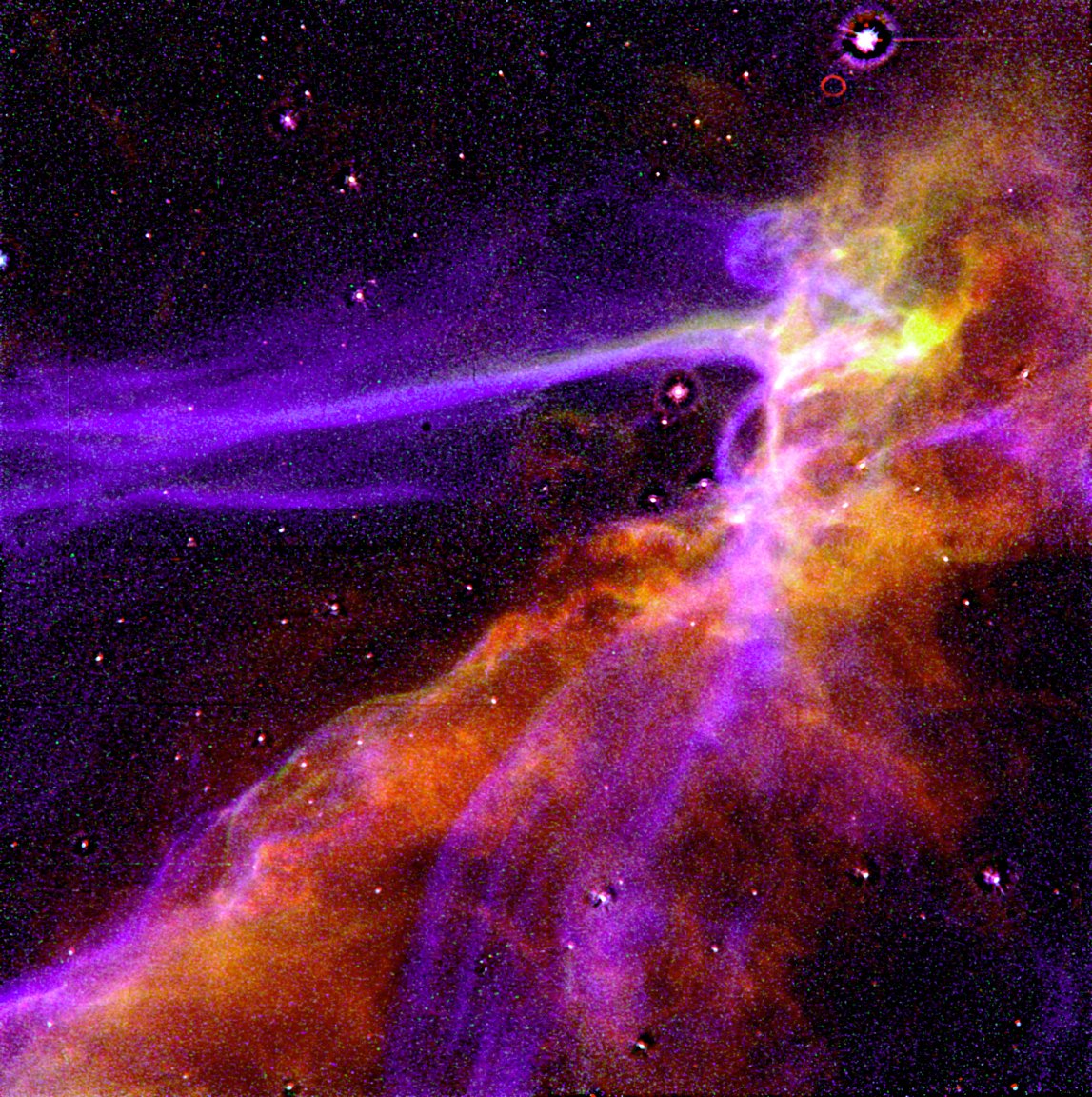

Following several hundreds of millions of years of sustaining nuclear fusion, massive stars exhaust their supply of the necessary fuel – signaling the beginning of the end of the life of a massive star.
What happens next is one of the most profoundly violent celestial events, capable of releasing more energy in a single second than sun-like stars can throughout their entire lifetime – called a supernova. Whilst destructive, these events can produce some wildly spectacular nebulae.
This is an example of one, called the Cygnus Loop (also known as the Veil Nebula). The nebula formed after a shockwave propagated through the material ejected during the supernova – subsequently heating up the surrounding material – causing it to glow.
The nebula, which covers an expanse of space that is 6 times larger than the full moon, can be found approximately 2,500 light-years from Earth (the estimate varies) in the constellation of Cygnus. Astronomers believe the supernova ignited some 5 to 10,000 years ago. To put that in perspective; the light from the event first arrived on Earth whilst the last ice age was coming to an end.